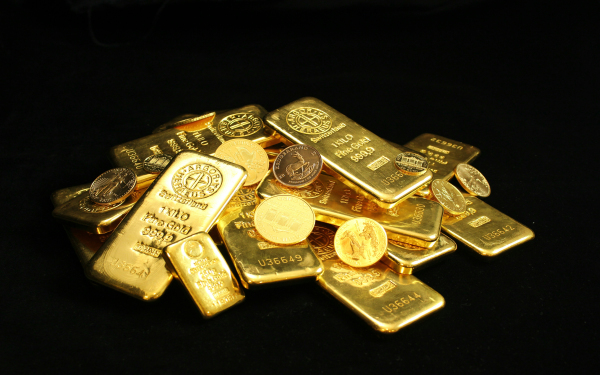
Banyan Gold Corp. (TSXV: BYN, OTCQB: BYAGF)
The New Yukon Gold Rush

Last Friday, gold prices breached several support levels to fall below $2,300. However, following the sharp drop, gold prices showed signs of a mild rebound, stabilizing near $2,304. As for the reasons behind the plunge, the mainstream media attributed it to two main factors: the strong performance of the U.S. non-farm payroll report dampened expectations of a Federal Reserve rate cut, and China did not increase its gold holdings in May, ending an 18-month cycle of gold purchases.
Nevertheless, last week’s sharp decline in gold prices was more of a knee-jerk reaction, and the so-called two bearish factors are not very convincing reasons to sell gold.
First, let’s talk about the People’s Bank of China pausing its “18 consecutive months” of gold increases. Last Friday, data released by the People’s Bank of China showed that as of the end of May, China’s official gold reserves stood at $170.96 billion (72.8 million ounces), unchanged, after rising for 18 consecutive months.
It is indeed noteworthy that the People’s Bank of China did not continue to buy gold in May, but it is not a major news event. China’s gold purchasing pause for one month can’t be equated with stopping gold purchases entirely. We should look at the bigger picture: the driving force behind the continual increase in the People’s Bank of China’s gold reserves is the need to optimize the structure of international reserves. Gold is widely accepted as the ultimate means of payment globally, and increasing gold reserves can enhance the credit of sovereign currency. Therefore, as long as the logic of de-dollarization and the internationalization of the Renminbi remains unchanged, the central bank’s continued accumulation of gold will remain a strategic direction in the future.
Even if China stops increasing its gold reserves, other countries’ central banks could fill the gap. For instance, in April, China only added 2 tons, the smallest increase since November 2022, but global central banks still net purchased 33 tons of gold that month, continuing the net buying trend seen this year. China has been the largest central bank buyer of gold in 2023, but so far this year, Turkey’s central bank has taken the lead.
Additionally, we must not overlook that the discussion here pertains only to China’s official gold reserves; much larger-scale gold purchases are happening beneath the surface.
Now onto the U.S. employment data. The non-farm payroll report released by the Bureau of Labor Statistics showed that the U.S. added 272,000 jobs, exceeding the expected 180,000, which fueled market expectations that the Federal Reserve would maintain high interest rates for a longer period.
However, a deeper dive into the data reveals that the unemployment rate slightly increased to 4%, and the labor force participation rate dipped from 62.7% to 62.5%, indicating that the U.S. economy and labor market are not as robust as the media and market portray. In fact, the number of full-time jobs has been declining (626,000 in May), while part-time jobs saw a significant increase (286,000). According to Christopher Vecchio, head of futures and forex at Tastylive.com, the employment data is not as healthy as the market believes; for instance, the household survey showed a reduction of 408,000 jobs, which vastly diverges from the BLS data.
Darin Newsom, a senior analyst at Barchart.com, stated that the gold selloff was a knee-jerk reaction to the employment data, and that the Federal Reserve would not use this data from the Labor Department as an excuse to refrain from cutting rates. On the contrary, they are desperately hoping to cut rates; without doing so, the collapse of the U.S. economy and financial system is just a matter of time.
Therefore, looking back now, the fundamentals of gold have not fundamentally changed: inflation remains very high, and the eventual Fed rate cuts will drive inflation even higher. Moreover, There is still plenty of geopolitical uncertainty, and rampant government spending and soaring debt are still realities. These are all long-term factors supporting gold prices.